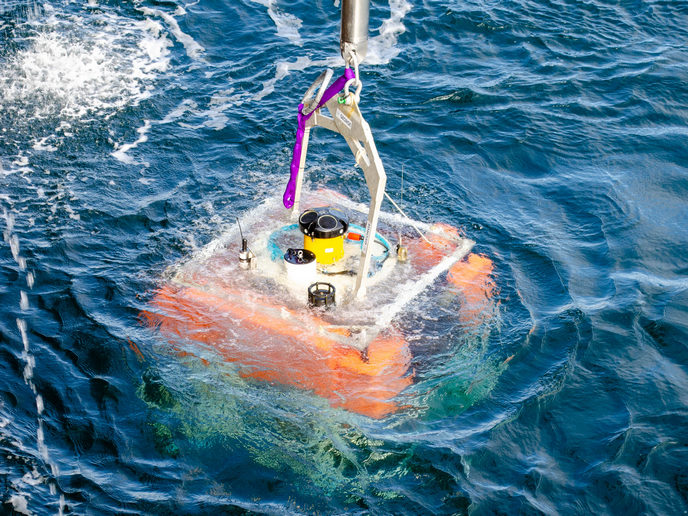Investigating snow with microwaves
Remote sensing is a vital tool in many environmental disciplines. It can provide data for large areas in a relatively short period of time, including inaccessible regions where ground-based measurements are not feasible. Data is gathered by analysing the backscattered signal of pulses emitted from satellite-borne sensors. The Energy, Environment and Sustainable Development Programme funded the ENVISNOW project to advance remote sensing of snow. The National Research Council of Italy (CNR), a member of the ENVISNOW consortium, focussed its attention on the microwave portion of the spectrum. CNR applied its expertise in scattering theory to develop two new models, based on Dense Medium Radiative Transfer (DMRT) and Strong Fluctuation Theory (SFT) respectively. The code was implemented in Matlab. Sensitivity tests performed with experimental data provided insight concerning the use of the models with both dry and wet snow. An additional milestone achieved by CNR during ENVISNOW is the invention of a new algorithm to retrieve dry Snow Water Equivalent (SWE) and Snow Depth (SD). It was validated with Special Sensor Microwave Imager (SSM/I) data over Finland and Advanced Microwave Scanning Radiometer (AMSR-E) data over Norway. The results of a statistical analysis demonstrate substantial improvement over established techniques such as inversion. CNR also notes that the new algorithm is particularly suited to applications where surface monitoring stations are few and far between.







